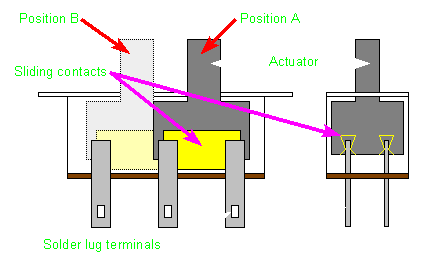I am wondering if we still have access to the Wiring Diagrams for Aristocraft Engines. I am specifically looking for the SD45 diagram. I have used these before, but now with the demise of Aristocraft, I don’t know where to look.
My problem is the Track/battery switch on the SD45. I never used the switch, and when I turn on the engine, it won’t run. If I just push down on it, the engine will take off. I was thinking that since I only run track power I would bypass it, and the engine should work right.
Any advice, about the problem or the source of the wiring diagrams.
Thanks
Paul



